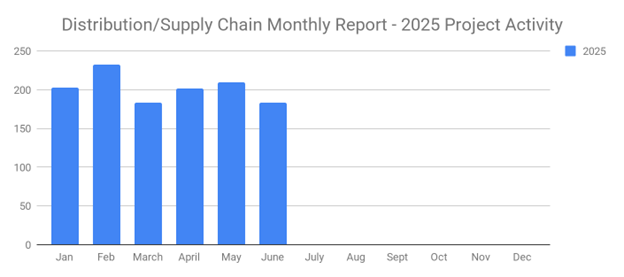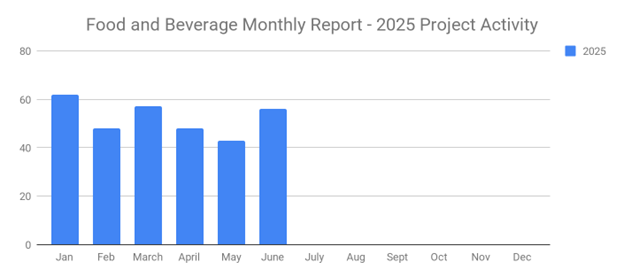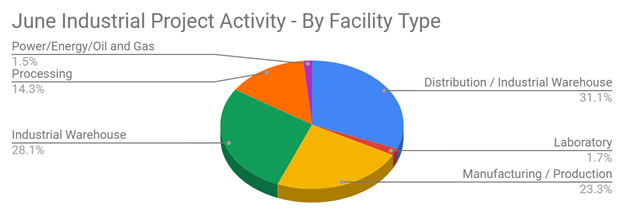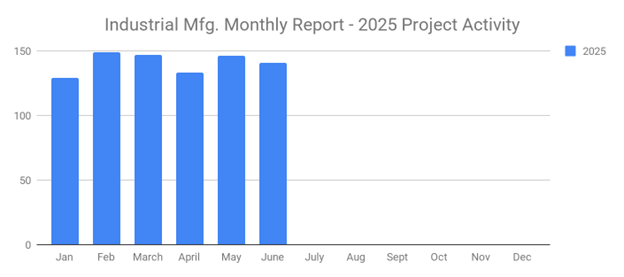
Many articles have been written about the Great Resignation, yet statistics on its details have remained a bit foggy. In a September article from the Harvard Business Review, they conducted a study to pinpoint exactly who is resigning from their job and why.
HBR Results
HBR in-depth analysis of more than 9 million employee records from more than 4,000 companies worldwide found that mid-level employees between 30 and 45 have the greatest resignation rates. All other age groups stayed the same or declined.
The report stated a few factors for the resignation boom:
- Remote working did not hire out of college as they need in-person training and guidance, giving mid-level employees greater power in getting a new position.
- Delayed finding a job due to the pandemic.
- Employees had high workloads, experienced hiring freezes and burnout that caused them to rethink their work-life balance.
Next, the study showed that resignations in the mid-level career was mostly experienced in the healthcare and tech industries. It specifically stated that resignations decreased in manufacturing. However, 3.6% more healthcare employees left their job than the year before. The tech industry was even higher with 4.5% increase in resignations.
Now that we have greater insights into the Great Resignation, what can be done to keep the talent in place?
Take a Good Look Inside
Its important to take a look inside of the company to determine why people in the sales organization are leaving. We’re going to assume that these sales professionals are leaving by their own decision. Probe deeper questions to get a glimpse for any patterns.
In addition, take a look at those remaining in the sales organization. Are the exiting sales professionals’ skillsets leaving a void? How is that going to affect sales? If you give the pipeline to another rep, have the chances of close reduced?
Provide Different Levels of Support
In order to try to retain sales staff and/or support the staff that remains, it’s important to let them know that you’ll provide tools to help them be successful. Sales professionals will ask for resources, tools, favors whatever it takes to develop sales leads or move the sale along to close. What tools are you giving them to avoid frustration?
- Marketing: Is marketing off on their own making ads, running PPC campaigns, creating videos which has nothing to do with what sales needs? Is marketing aligned with sales and partnering with them to provide the support sales needs with case studies, articles, lead gen campaigns that were developed as a result from the feedback provided by sales?
- How are you identifying industrial capital projects? Have you considered using SalesLeads so all you need to do is call and get the sales process started?
- How are you identifying additional contacts within a current customer or prospect? Have you considered using SalesLeads to get those contacts so the sale can go forward? Especially in stalling situations?
- Does the existing sales team need help with prospecting efforts? Have you used a specialized prospecting service such as SalesLeads that can help you formulate the right customer profile and help call into markets to develop sales leads?
By providing sales with the different levels of support, you’ll find their level of frustration goes down. Remember, they hear ‘no’ a lot. They’re making calls, zoom or in-person calls with prospects and customers, the last thing they want to hear is a ‘no’ from management. If they don’t ‘feel’ empowered by the company, they will ‘feel’ defeated and go find a company that will provide the level of support needed to be successful.
Get started by giving them what they need and call us at 800 231 7876.
What to learn more? Get in Touch
Latest Posts
-

June's New Distribution and Supply Chain Planned Projects Return to March’s 183 Confirmed Figure
-

Food and Beverage Rebounds with 56 New Planned Projects Igniting Growth After Decline
-

June 2025’s New Industrial Construction Projects Grew 7% Month-Over-Month
-

Q2 Industrial Manufacturing Soars 31% for Planned Projects Over $100M; June Planned Industrial Projects Hit 141

